Over time, the mortar between your chimney bricks can deteriorate due to weather, moisture, and age in New Jersey.
Excellent Reviews
Based on ~500 reviews
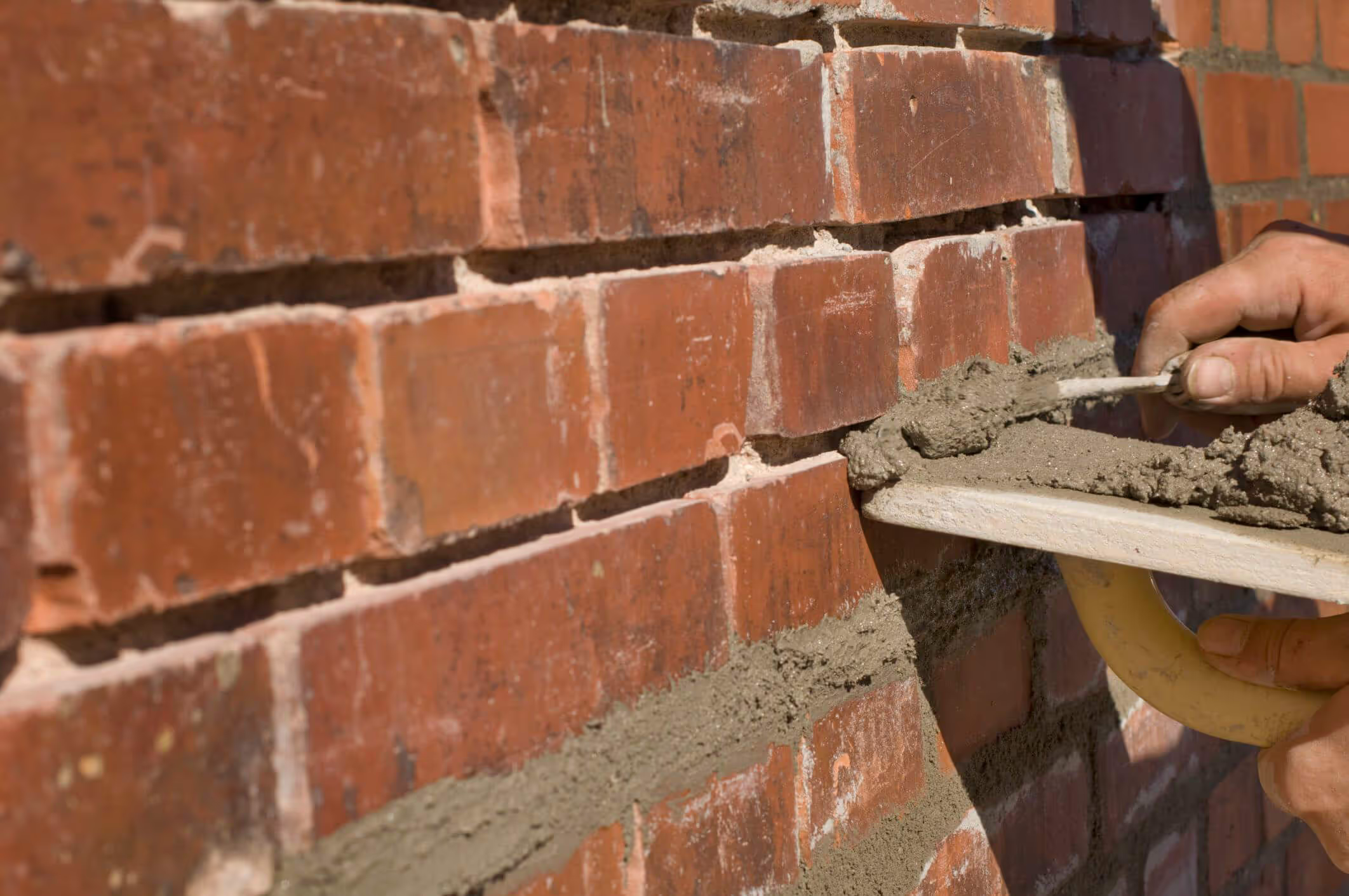
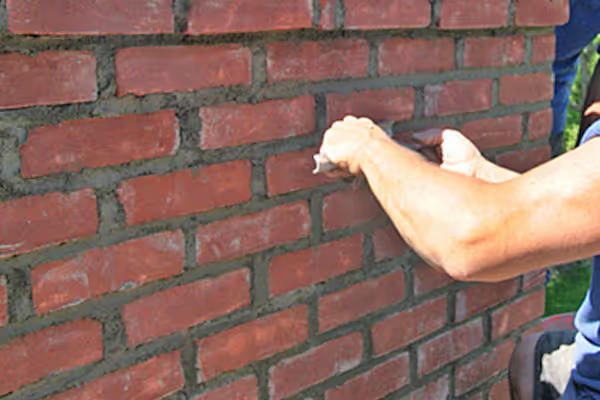
When this happens, the chimney becomes vulnerable to water intrusion, structural damage, and even collapse. Chimney repointing is the process of removing and replacing deteriorated mortar to restore the chimney’s strength and appearance.
It's one of the most essential masonry repairs for keeping your chimney safe, stable, and protected from the elements.
.avif)
Chimney repointing, also known as tuckpointing, involves carefully grinding or chiseling out old, cracked mortar from between bricks and replacing it with fresh, durable mortar. This process reinforces the chimney while preserving the original structure.
It’s a precision repair that protects the chimney without requiring a full rebuild.



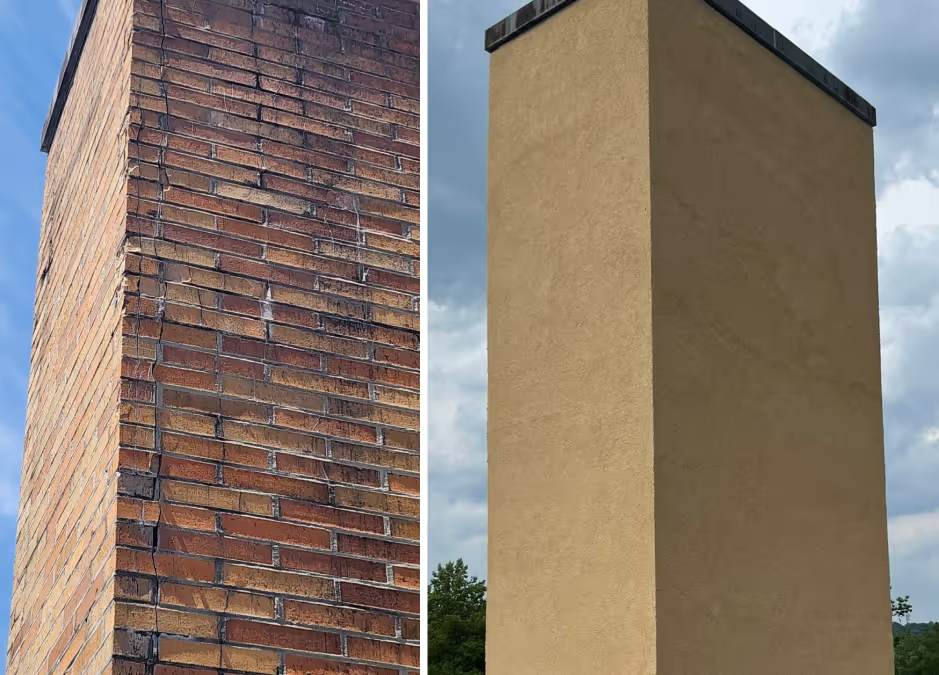


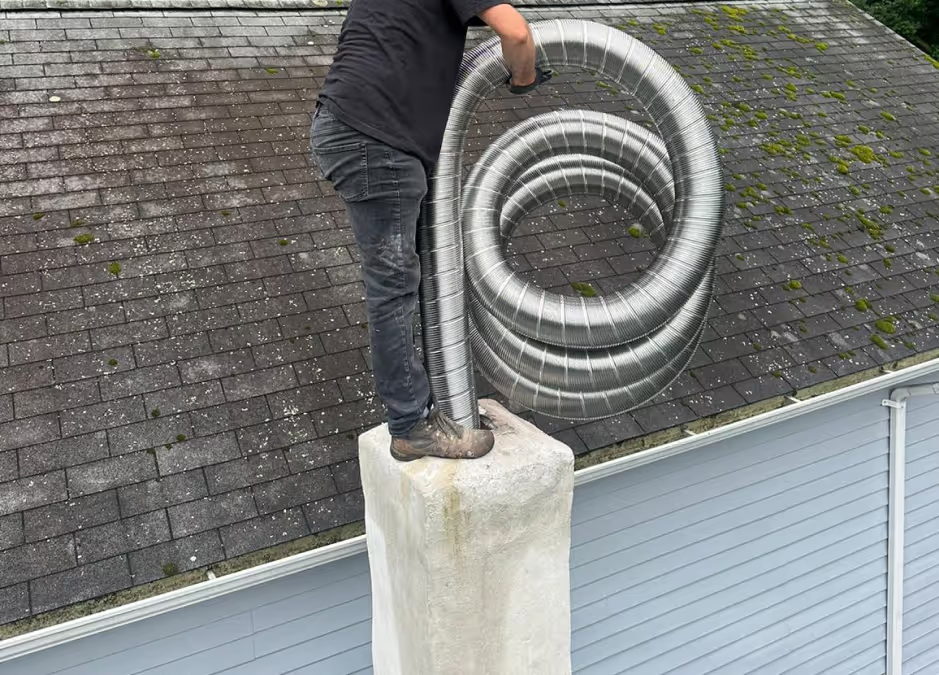
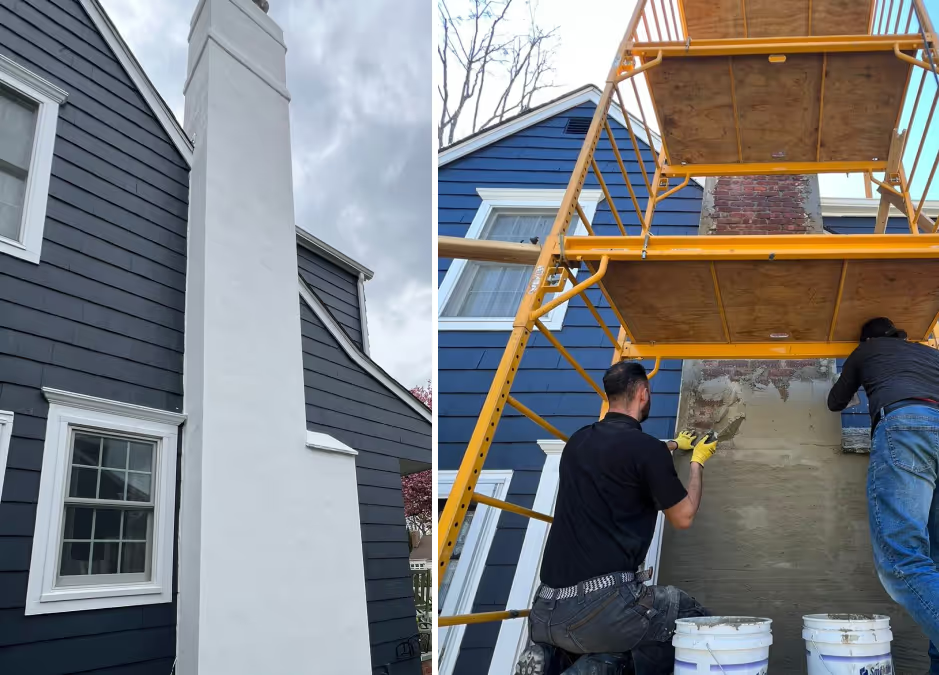
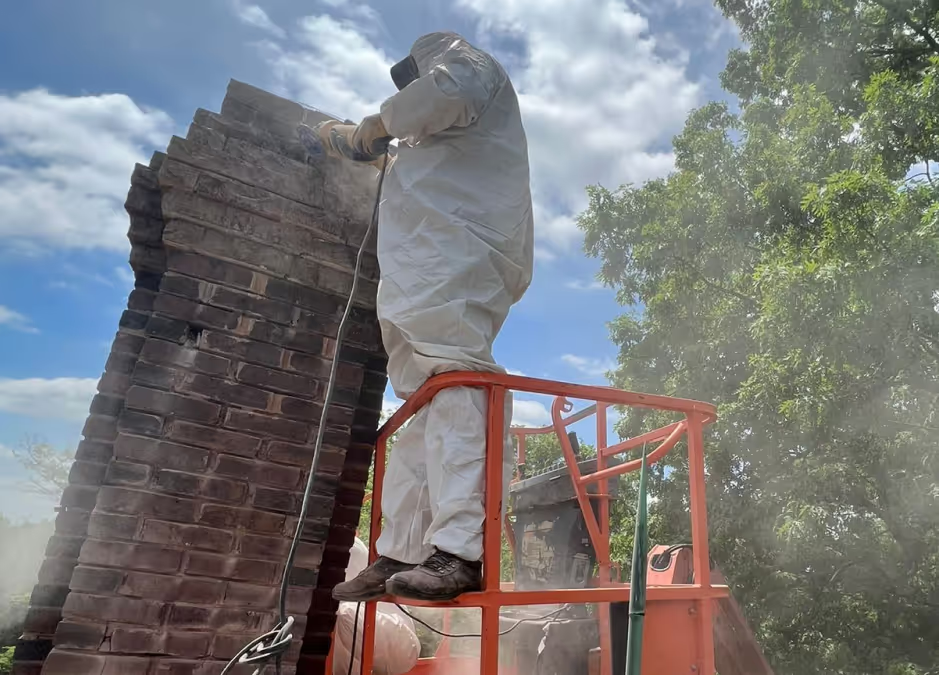

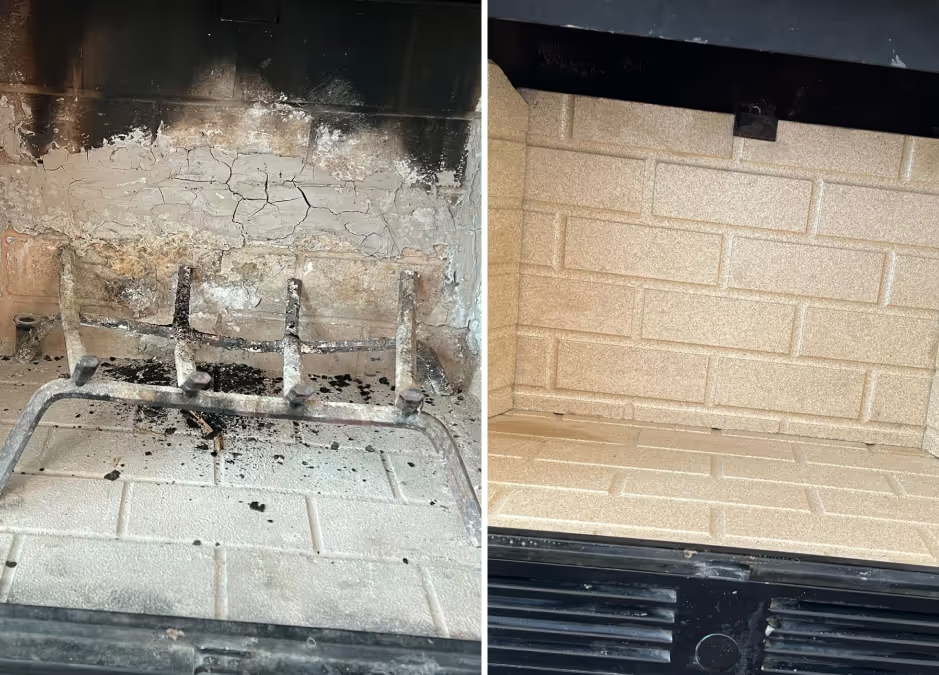
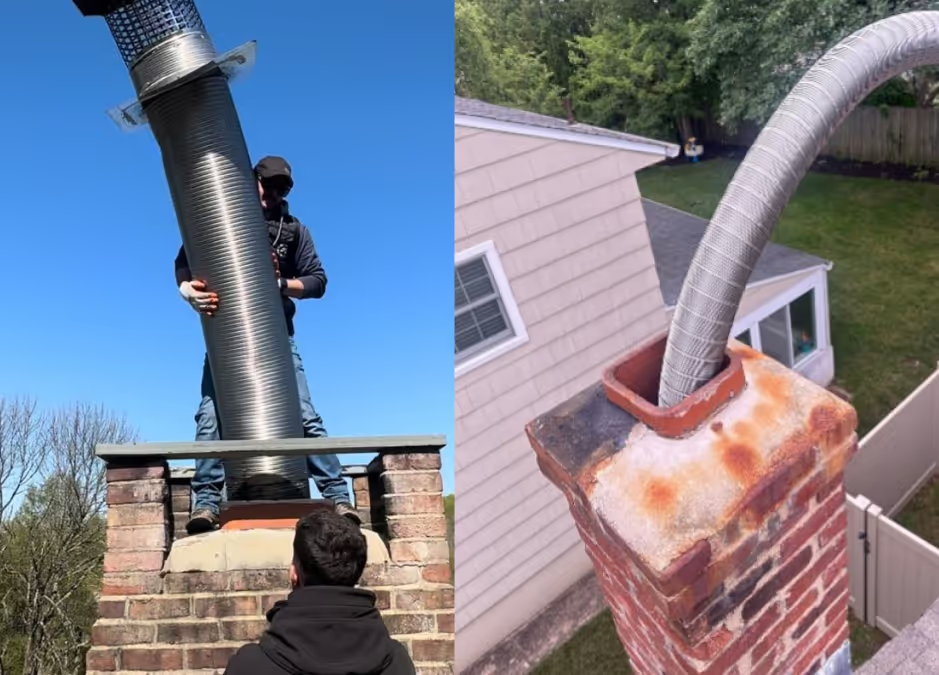
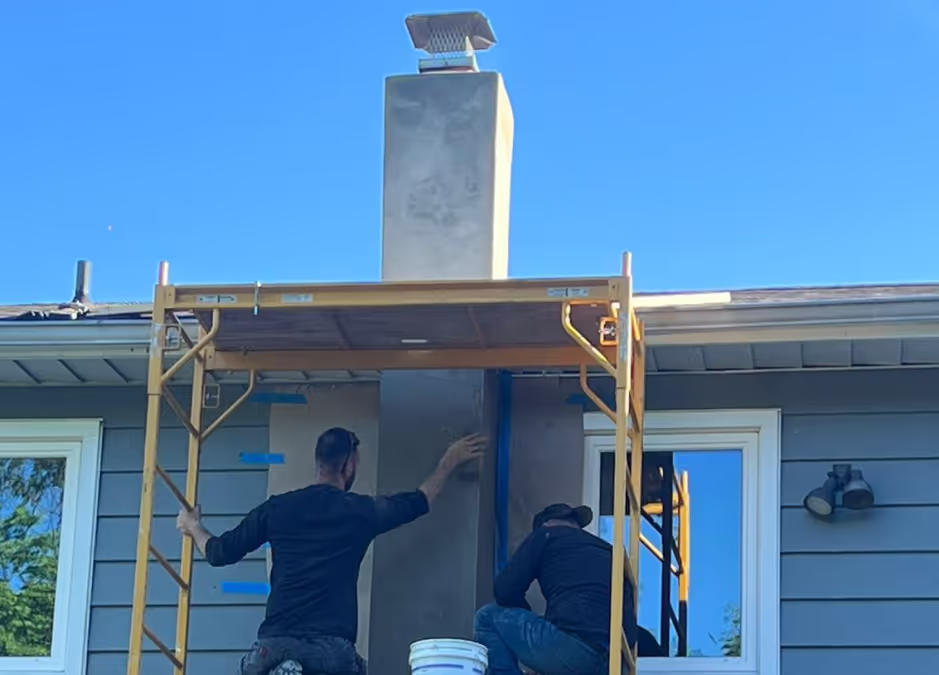
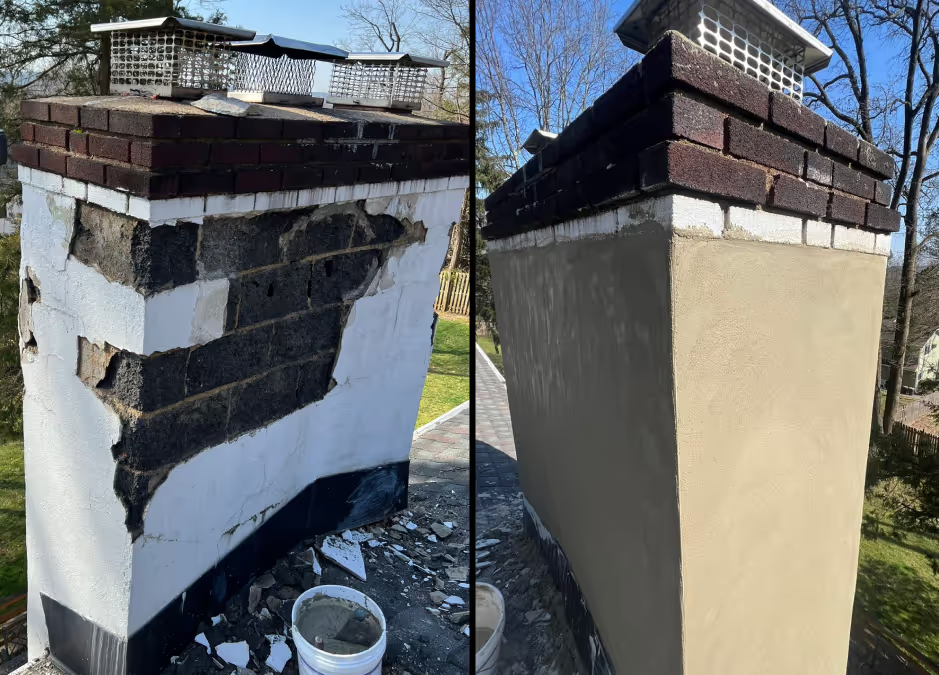

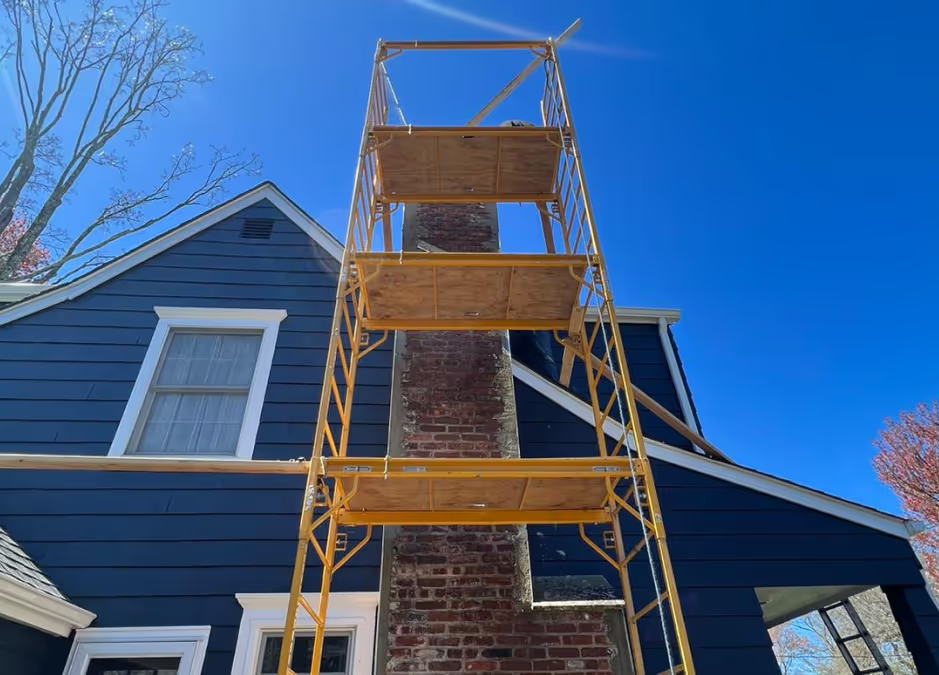

It’s not always obvious when a chimney needs repointing,but catching the signs early can save you thousands in future repairs. Regular inspections, especially after winter, can help spot damage before it worsens.
Here are the most common indicators:

Not all damaged chimneys need to be rebuilt. If the bricks themselves are still in good condition and only the mortar is failing, repointing is the more affordable and efficient solution. However, if the chimney is leaning or the bricks are spalling, a full rebuild may be necessary.
Knowing the difference helps you make an informed repair decision.
A professional repointing job can last 20–30 years or more, especially when paired with waterproofing.
It’s possible for experienced DIYers, but improper tools or mortar mix can lead to further damage. It’s best left to a mason.
Yes, the terms are often used interchangeably. Tuckpointing is a type of repointing with a focus on aesthetics and precision.
If the bricks are still intact and only the mortar is deteriorating, repointing is sufficient. A leaning or crumbling chimney may need a rebuild.
Yes! Applying a breathable waterproof sealant after repointing helps protect the new mortar and extend its lifespan.